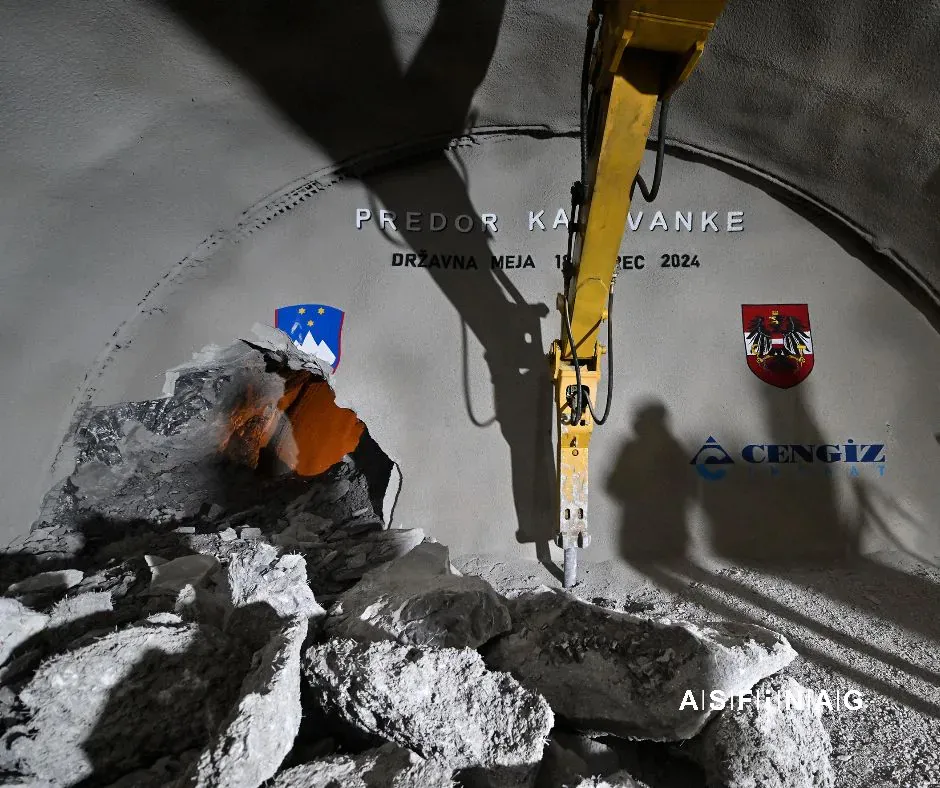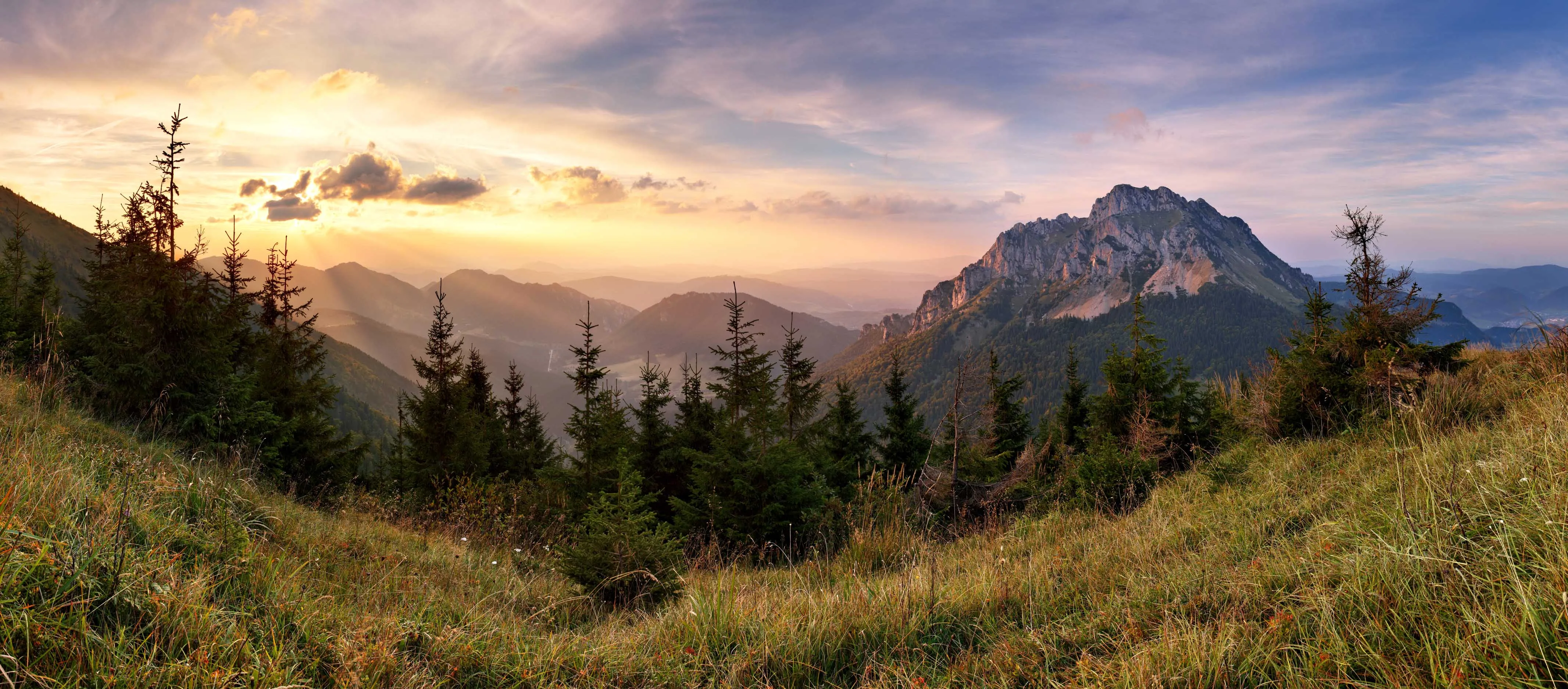
After three and a half years of excavation, Slovenia has broken through to the Austrian side of the second tube for the 7.9km-long Karavanke tunnel.
It was two years ago that boring on the Austrian side reached the border point with Slovenia, according to Asfinag, Austria’s government-owned company that manages the country’s highways.
The Slovenian stretch of the second tube is around 3.5km while Austria has had to excavate 4.5km.
Turkish tunnelling contractor Cengiz has done the excavation work on the Slovenian side under a contract signed with the Slovenian state-owned motorway company DARS for the €120 million project at the end of January 2020. The European Investment Bank, EIB, soon after lent the project €90 million.
This new tube, alongside the existing one that opened in 1991, should double the capacity of road transport between Villach, Austria, and Jesenice in Slovenia.
Construction of the second tube between the two countries started in August 2020. Delays on the Slovenian side have been attributed to challenging geological conditions, according to DARS.
Slovenia’s infrastructure minister Alenka Bratušek said he anticipates the second tube to open to traffic in 2025. However, after the new tune opens, work will start on renovating the original tube that is expected to be finished in late 2028.
Construction of the original tunnel began in 1986 to connect the Austrian Karawanken Autobahn , the A11, from Villach with the A2 motorway leading to Kranj and Ljubljana in Slovenia. The opening led to fewer vehicles using the historic Loibl/Ljubelj and Wurzen/Korensko sedlo mountain passes.
Early on in the new project, ASFINAG selected to use BIM, Building Information Modeling, for all relevant structural data, compiling a 3D-model as the project progressed.






